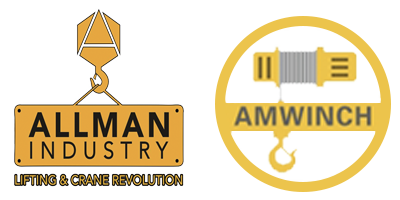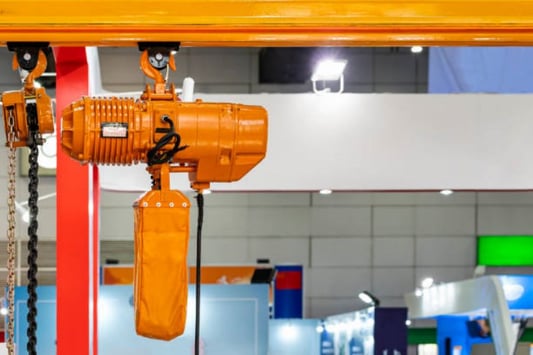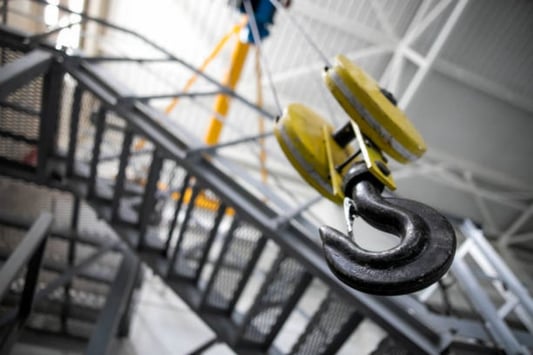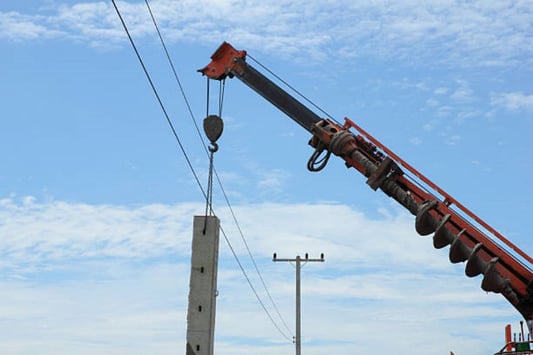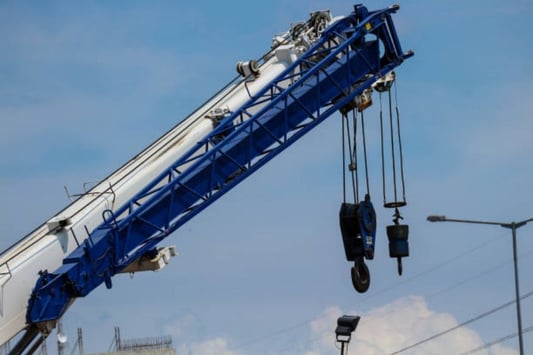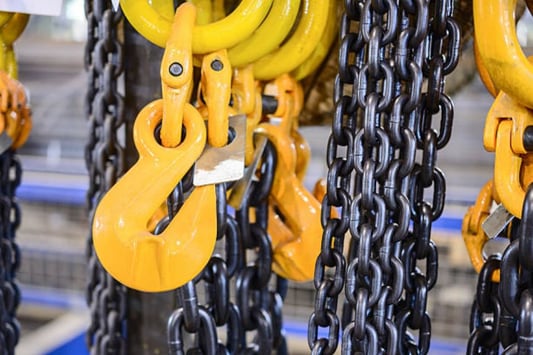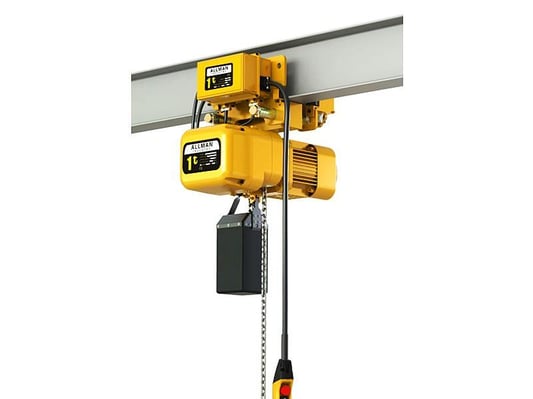1. Understanding Hand Hoist Pulleys: A Comprehensive OverviewHand hoist pulleys are highly versatile and efficient tools that are used in a wide range of industries and applications. These pulleys are specifically designed to provide mechanical advantage and make lifting heavy loads easier. In this article, we will explore the various aspects of hand hoist pulleys, including their components, working principles, and common uses.2. The Components of Hand Hoist Pulleys: Breaking Down the BasicsA hand hoist pulley consists of several key components that work together to provide smooth and reliable lifting operations. These components include the hoist body, load chain or wire rope, hook, gears, and braking system. Each component plays a crucial role in ensuring the overall functionality and safety of the pulley.3. How Hand Hoist Pulleys Work: Unveiling the MechanicsThe working principle of hand hoist pulleys is based on the concept of simple machines, specifically the lever and pulley systems. When the operator pulls the hand chain or rotates the handle, it sets the gears in motion, causing the load chain or wire rope to move. The pulley system multiplies the force applied by the operator, allowing for the lifting of heavy loads with minimal effort.4. Different Types of Hand Hoist Pulleys: Choosing the Right OneHand hoist pulleys come in various types, each designed to suit different lifting requirements. Some common types include manual chain hoists, lever hoists, and wire rope hoists. The choice of the right type depends on factors such as load capacity, lifting height, and the nature of the application.5. Benefits of Using Hand Hoist Pulleys: Efficiency and SafetyHand hoist pulleys offer numerous advantages in terms of efficiency and safety. Firstly, they allow for precise control and smooth lifting operations, minimizing the risk of accidents. Additionally, the mechanical advantage provided by these pulleys reduces the physical strain on the operator, making the lifting process more ergonomic and less fatiguing.6. Safety Considerations When Using Hand Hoist Pulleys: Best PracticesWhile hand hoist pulleys are designed with safety in mind, it is essential to follow proper procedures and guidelines to ensure accident-free operations. Some key safety considerations include inspecting the pulley before each use, understanding the load capacity limits, using appropriate rigging techniques, and providing proper training to the operators.7. Maintenance and Care for Hand Hoist Pulleys: Prolonging LifespanRegular maintenance and care are crucial for ensuring the longevity and optimal performance of hand hoist pulleys. This includes periodic inspections, lubrication of moving parts, and prompt repair or replacement of damaged components. Following the manufacturer's recommendations and guidelines will help extend the lifespan of the pulley.8. Tips for Choosing the Right Hand Hoist Pulley: Key ConsiderationsWhen selecting a hand hoist pulley, there are several factors to consider. These include the load capacity, lifting height, durability, ease of use, and compatibility with existing equipment. Consulting with industry experts or suppliers can provide valuable insights and guidance in choosing the right pulley for your specific needs.9. Investing in Quality Hand Hoist Pulleys: Long-Term ValueWhile it may be tempting to opt for cheaper alternatives, investing in high-quality hand hoist pulleys is essential for long-term value and reliability. Quality pulleys are built to withstand heavy usage, offer better safety features, and require less frequent repairs or replacements. Prioritizing quality ensures that your lifting operations remain efficient and safe in the long run.Quote InquiryContact Us
